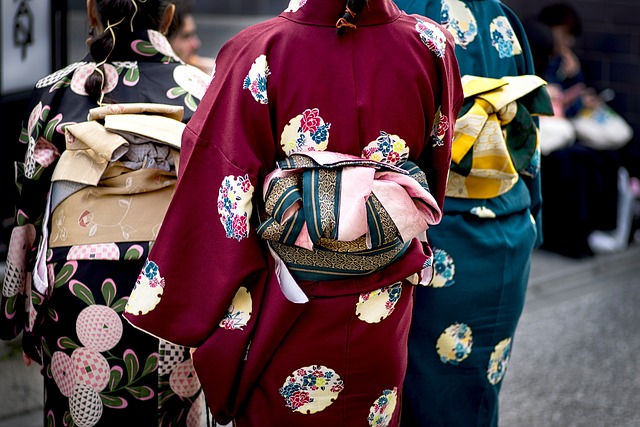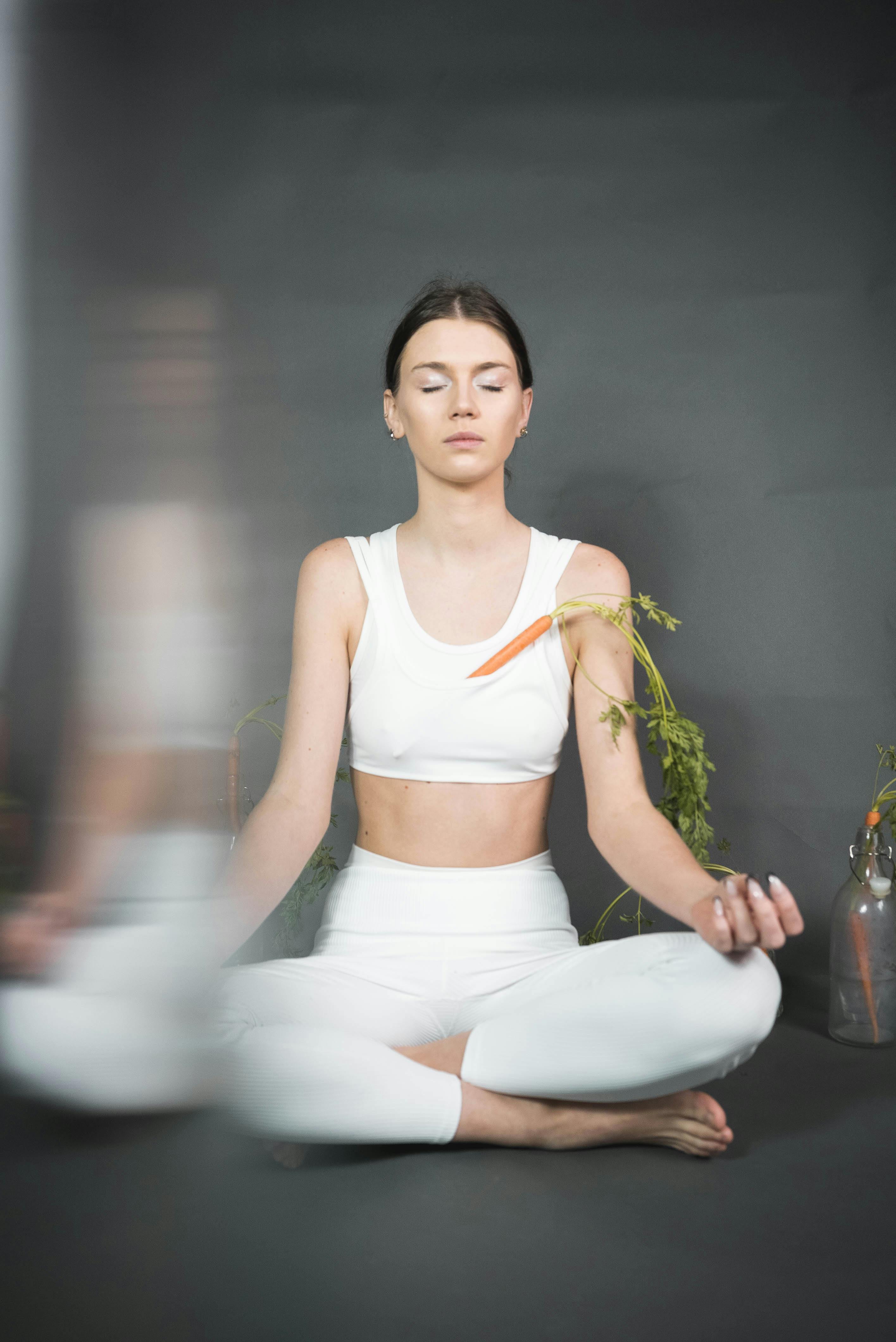Modern Indian Dresses: Where Tradition Meets Style
Indian fashion has evolved remarkably over centuries, blending ancestral craftsmanship with contemporary sensibilities. Today's modern Indian dresses represent this beautiful fusion, offering garments that honor cultural heritage while embracing current fashion trends. These versatile pieces have gained global recognition for their intricate details, vibrant colors, and ability to make powerful fashion statements across various occasions.

Indian fashion stands at a fascinating crossroads where centuries-old traditions seamlessly blend with modern aesthetic sensibilities. The evolution of Indian dresses reflects the country’s rich cultural tapestry while adapting to contemporary lifestyles. From elaborate wedding lehengas to everyday fusion wear, modern Indian dresses celebrate heritage while embracing innovation in design, fabric, and styling approaches.
What Makes Indian Dresses So Special?
Indian dresses have earned global recognition for their distinctive characteristics that set them apart in the fashion world. The hallmark of traditional Indian garments lies in their meticulous handcraftsmanship—intricate embroidery techniques like zardozi, chikankari, and gota patti that have been perfected over generations. These labor-intensive embellishments transform simple fabrics into wearable art pieces.
The vibrant color palette is another defining feature of Indian dresses. While Western fashion often gravitates toward muted tones, Indian garments embrace bold reds, royal purples, emerald greens, and sunshine yellows. These colors aren’t chosen arbitrarily—they often carry cultural significance, with certain hues associated with specific celebrations, regions, or life events.
Perhaps most remarkable is the diversity in silhouettes across India’s various regions. The flowing Anarkali suits of the North differ dramatically from the crisp cotton sarees of Bengal or the temple-bordered Kanjeevarams of Tamil Nadu. Each regional variation tells a story of local climate, historical influences, and cultural practices that have shaped these distinctive styles over centuries.
Why Modern Indian Dresses Feel So Relevant Today
In today’s fashion landscape, the appeal of modern Indian dresses extends far beyond cultural boundaries. Their relevance stems largely from their versatility—designers have reimagined traditional silhouettes to create pieces that transition effortlessly between formal and casual settings. A contemporary Anarkali might feature shorter lengths or innovative draping, while modern sarees incorporate unconventional fabrics or Western-inspired blouse designs.
Sustainability represents another factor in their growing popularity. As fast fashion faces increasing criticism, Indian clothing traditions—with their emphasis on natural fabrics, handloom techniques, and garments designed for longevity rather than disposability—align perfectly with conscious consumption values. Many contemporary Indian designers highlight these sustainable aspects while creating pieces that appeal to modern sensibilities.
The global fashion industry has also embraced Indian aesthetics, with major international designers and celebrities incorporating elements of Indian dress into their collections and wardrobes. This cross-cultural exchange has elevated Indian fashion on the world stage, making these garments increasingly relevant in diverse contexts and communities.
Trending Styles in 2025
The Indian fashion landscape in 2025 shows a fascinating evolution of traditional silhouettes. Pre-draped sarees have gained significant popularity, offering the elegance of traditional sarees with modern convenience. These ready-to-wear versions eliminate the complexity of draping while maintaining the classic silhouette, appealing to younger generations and international enthusiasts alike.
Indo-western fusion wear continues to dominate fashion conversations. Designers are creating innovative combinations like dhoti pants paired with structured blazers, saree gowns that blend Western evening wear with traditional draping techniques, and lehenga-inspired skirts worn with contemporary tops. These hybrid garments offer versatility for various occasions while honoring cultural roots.
Sustainable fashion practices have become central to modern Indian dress design. The industry has embraced eco-friendly fabrics like organic cotton, banana fiber textiles, and recycled materials. Traditional natural dyeing techniques have been revived, reducing chemical usage while creating stunning color variations. Many designers now emphasize transparent supply chains and fair labor practices, reflecting growing consumer awareness about ethical production.
How to Choose the Perfect Indian Dress
Selecting the ideal Indian dress begins with understanding your body type and identifying silhouettes that enhance your natural features. Petite frames often benefit from straight-cut kurtas or pre-draped sarees that create vertical lines, while hourglass figures can embrace fitted Anarkalis or sarees with well-structured blouses. Those with apple-shaped bodies might consider A-line silhouettes that flow gracefully from the shoulders or bust.
The occasion should significantly influence your selection. Wedding celebrations typically call for elaborate ensembles featuring rich fabrics like silk or velvet with extensive embellishments. For professional settings, opt for subtle cotton or linen kurtas with minimal ornamentation. Festive gatherings fall somewhere in between, allowing for bright colors and moderate embellishments while maintaining comfort for extended wear.
Consider the practical aspects of your chosen garment as well. The weight of heavily embroidered pieces can cause discomfort during long events. Climate considerations are equally important—lightweight fabrics like cotton and chiffon work better in humid conditions, while silk and velvet provide warmth in cooler settings. Finally, assess the maintenance requirements, as some heavily embellished pieces may require specialized cleaning that adds to their lifetime cost.
Contemporary Indian Dress Designers and Collections
The landscape of modern Indian fashion features diverse designers offering unique interpretations of traditional aesthetics. Established names like Sabyasachi Mukherjee continue to define luxury Indian wear with their opulent embroideries and historical inspirations, while Raw Mango by Sanjay Garg has revolutionized handloom textiles through contemporary color palettes and minimalist designs.
| Designer/Brand | Signature Style | Price Range (Approximate) |
|---|---|---|
| Anita Dongre | Sustainable luxury with Rajasthani influences | ₹15,000 - ₹500,000 |
| Torani | Nostalgic prints with detailed handwork | ₹8,000 - ₹150,000 |
| House of Masaba | Bold prints with contemporary silhouettes | ₹6,000 - ₹60,000 |
| Pero by Aneeth Arora | Textile-focused with global craft techniques | ₹12,000 - ₹80,000 |
| Bodice by Ruchika Sachdeva | Minimalist with architectural elements | ₹8,000 - ₹45,000 |
Prices, rates, or cost estimates mentioned in this article are based on the latest available information but may change over time. Independent research is advised before making financial decisions.
Emerging designers are also making their mark with innovative approaches. Labels like Lovebirds and Ura Maku focus on minimalist aesthetics with subtle nods to traditional techniques, creating pieces that appeal to younger, globally-minded consumers seeking versatility and understated elegance in their wardrobes.
Modern Indian dresses represent a beautiful dialogue between heritage and innovation. They honor centuries of craftsmanship while embracing contemporary sensibilities, creating garments that feel both timeless and relevant. As global fashion continues to appreciate diverse cultural expressions, these versatile pieces will likely continue gaining recognition for their artistic merit, versatility, and the stories they tell through fabric, color, and form.




